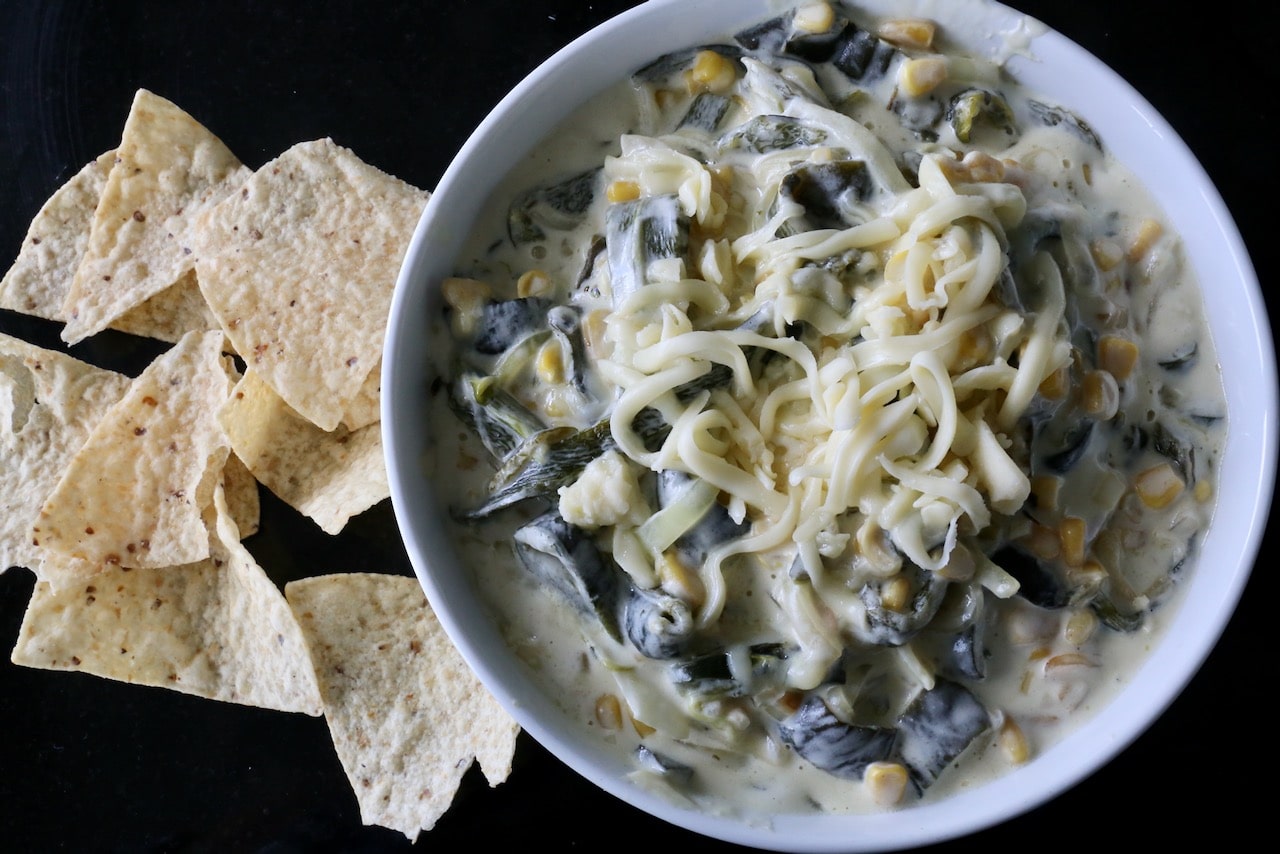Saskatchewan is dubbed the “bread basket” of Canada. As a kid growing up in Ontario I always envisioned the province to be filled with a vast expanse of dreamy whispering wheat fields. This August I landed in Saskatoon to indulge in that Prairie way of life for the first time, excited to explore where so much of Canada’s food is grown.
I spent a full day with my friends at Farm & Food Care Saskatchewan, touring four farms located a short drive outside of Saskatoon. The saying goes “you haven’t visited Saskatchewan unless you’ve set foot on a farm,” so I was happy to hop on a bespoke road trip adventure with the province’s farm experts.
Farm & Food Care Saskatchewan believes that getting to know farmers and ranchers equals getting to know food. Today, more than ever, people want to know where their food comes from. They want to understand where their food is grown, and be reassured that what they eat is produced with care.
Launched in December 2014, Farm & Food Care Saskatchewan represents thousands of livestock, crop and horticulture farmers, related businesses and government to foster a crucial gate-to-plate link between producers and consumers. With only 2% of the Canadian population now having direct ties to the farm there is a great need to provide consumers with the facts on how their food gets from the farm to their fork.
I’ve had the opportunity to visit farms all over the world via my culinary tourism adventures yet was most excited (that sense of Canadian patriotism) to meet the friendly faces of the farm families who grow so much of Canada’s food.
10 Fun Facts About Farming in Canada and Saskatchewan
- One hundred years ago half of Canada’s population farmed, today less than 2% of Canadians are farmers.
- In Canada agriculture and food provides one in eight jobs, contributing $103.5 billion to Canada’s economy in 2012.
- Farming is still a family business – over 97% of Canada’s farms are family owned.
- Farms in Canada are much more productive than they used to be. In 1900, one farmer produced enough food for 10 people. Today, that same farmer feeds more than 120 people.
- Canada is the fifth largest agricultural exporter in the world producing 85% of the world’s maple syrup and we’re the world’s largest grower and exporter of flax seed, canola, pulses (like peas, beans and lentils) and durum wheat (the kind used to make pasta).
- Saskatchewan is home to 37,000 farms, who are most famous for growing grains, oilseeds and beef.
- More than 1/4 of world mustard exports in 2014 trace their origins to Saskatchewan.
- Saskatchewan has over 40% of Canada’s farmland which translates to the most agri-food exports in Canada, sending $13.9 billion in agricultural and agri-food products to 153 countries in 2014.
- The province is the largest producer and exporter of potash, a key fertilizer ingredient. Over 95% of Saskatchewan’s potash is used to grow crops.
- India, China, the US, Bangladesh and Turkey are leading export markets for Canadian pulse crops (peas, lentils, beans), most of which are grown in Saskatchewan.

Elkrest Dairy Farm
First stop on my Saskatchewan Farm Tour was a visit to Elkrest Dairy Farm which was opened in 1980 by Jim and Jeannette Kornelius with their four boys (Jason, Brad, Bryan, and Trevor) in Chilliwack BC, at the base of Elk Mountain. In the year 2000 they sold their 120 cow dairy in BC and purchased an existing 160 cow dairy in Saskatchewan. Jason, Brad, and Bryan, with their wives moved to Saskatchewan to run the newly purchased farm. Today the brothers run a high tech operation where they milk 675 cows using a rotary parlour system that milks their entire herd in just three hours.
- Cow diet is formulated by a nutritionist
- Cows give an average of 36 liters /day at about 4% fat. It takes an average of 4 to 5 minutes to milk a cow
- They can milk up to 300 cows per hour via rotary parlor
- In Canada growth hormones are NOT used in milk production, although a product called rBST has been approved for use in dairy cows in the U.S. for the last 20 years to increase how much milk they produce
- In 2013, Saskatchewan’s 165 dairy farms generated over 2,500 jobs and contributed more than $231 million to the economy

Pine View Farms
Our next stop was Pine View Farms, established in 1998 by Kevin and Melanie Boldt as a diversification of their existing grain and cattle operations. The farm site originally belonged to Kevin’s Great Grandparents, Jacob J. & Susanna Boldt who settled here in 1901. In 1904, J.J. broke 24 acres to be farmed and in few years had 1,200 acres under cultivation. Livestock was plentiful too with pigs, chickens, cows and a stable of horses to work the land. J.J., Susanna and their family of 18 children worked hard to produce food for themselves and local markets while growing the farm into a sustainable business for generations to come as each of their children settled on a farm of their own. Locals in Saskatoon are familiar with Pine View Farms for its popular on site market where poultry, beef, pork, lamb, eggs and sausages are sold daily. The high quality meat products sold here are also popular with local chefs and can often be spotted on menus at top restaurants in Saskatoon.
- Pine View is Saskatchewan’s only provincially inspected, All Natural poultry producer, processor and marketer. They do everything from farm-to-fork – raise the birds, process them, and market them directly to families, health food stores, better butcher shops, grocers and restaurants across the province.
- All of the meat sold here is free of growth promoting medications and hormones, no animal byproduct is used in the feed (100% vegetarian diet), and animals are free to roam outside (weather permitting).
- Pine View Farms started 17 years ago as a way to diversify an existing grain and cattle farm. Eventually the meat business eclipsed their other farming efforts and totally transformed the farm into an All Natural farm-direct meat producer and processors.
- In the late 90’s, eating local was not really “a thing” yet. Pine View Farms blazed a trail in Saskatchewan for good food grown close to home.
- Pine View serve’s a 100% local market. All our their products are sold and consumed in Saskatchewan
You May Also Enjoy These Restaurants in Saskatoon
- Scarlet Restaurant at Sheraton Cavalier
- Brunch at Delta Bessborough
- The Hollows Restaurant
- Ayden Kitchen & Bar

Doerkson Grain Farm
Chad Doerksen and his wife Jennifer are fourth generation farmers who live and work on the same yard settled by Chad’s Great Great Grandfather. Chad smirks, “hopefully my son Ayden or daughter Rayana will have a desire to take it over and become the fifth generation.” His 7000 acre family farm grows canola, oats and wheat and is located just north of Saskatoon. The farm is so vast that he employs two full time staff and hires on an additional six part time workers during the busy harvest season. Chad loves working with soil, “a living, breathing organism that demands care and attention to sustain my family and to grow strong healthy plants.”
- Canola was developed in the 1970s by Canadian plant scientists (a close cousin to rapeseed) and is now the oil of choice for millions around the world.
- In a tablespoon of soil there are close to 6 billion organisms working together to provide the nutrients and air that crops require to grow.
- Chad employs a full time agrologist who constantly monitors the activities of the farm’s soil (ph levels, salts, organic matter and how many earth worms are moving around the farm). From this info they create a bespoke fertility program that can increase organism activity which in turn provides the building blocks for healthy plant growth.
- Each variety of crop grown requires certain needs at different times along its growth cycle. For example, Canola needs elevated sulphur especially when it flowers which promotes the level of oil in the seed.
- Saskatchewan produces both spring and winter wheat and supplies 10 per cent of the world’s total exported wheat.

Pastoor Chicken Farm
My final stop of the day was the Pastoor Chicken Farm, run by Diane and Mark Pastoor who originally ran a dairy farm in BC before moving to Saskatchewan in 2003 to start chicken farming. Mark does all of the day to day chores around the farm while Diane helps with paperwork, finances and sits on the Board of Directors for the Chicken Farmers of Saskatchewan. When I visited the Pastoor Chicken Farm they were between flocks, busy cleaning their barns in preparation for the arrival of their next flock. This provided me with an excellent opportunity to see the efforts chicken farmers go to in ensuring a clean environment, minimizing disease and supporting a healthy bird environment.
- Chickens raised for meat never live in cages and can move freely around the barn
- Birds are housed in modern chicken barns where temperature, humidity, light and ventilation are carefully monitored
- Chickens have access to water and feed at all times and usually grow 100 grams a day
- One of the biggest myths in agriculture is that hormones are used in poultry. No chickens, turkeys or egg-laying hens in Canada are ever fed hormones. Today’s farm animals grow faster because farmers have learned how to feed them exactly what they need and through choosing animals for their good genetics over many generations
- Chickens don’t like change. If a chicken farmer typically wears a blue shirt they stick with it when doing chores. Introducing a red shirt one day may cause alarm to the flock. When chickens get scared they jump on top of each other and pile up


